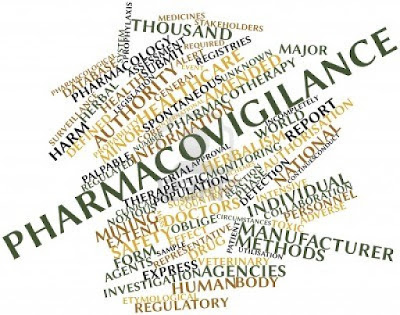Pharma and Health Care

In recent years, there are many disputes going between Pharma and Healthcare organisation which will have impact on the sick people. Effective and cheap health promoting activities are supported by industry because they are not patented and low-cost. As the result most affected are the sick, poverty-stricken and the minimum educated ones, free market successes appear to pose unsolvable challenges to justice in social public health. The major factor is Advertising Drugs and Selling Sickness. Public advertising gets increasingly powerful using aggressive direct-to-consumer marketing, payments to celebrities for appearing on TV shows and telling about their illnesses and cures, and sophisticated targeting of consumer groups that will then effectively lobby insurers and regulators for the industry’s causes A most remarkable tactic for expanding drug markets is “disease mongering,” i.e., trying to convince essentially well people that they are sick by medicalization of tr...


